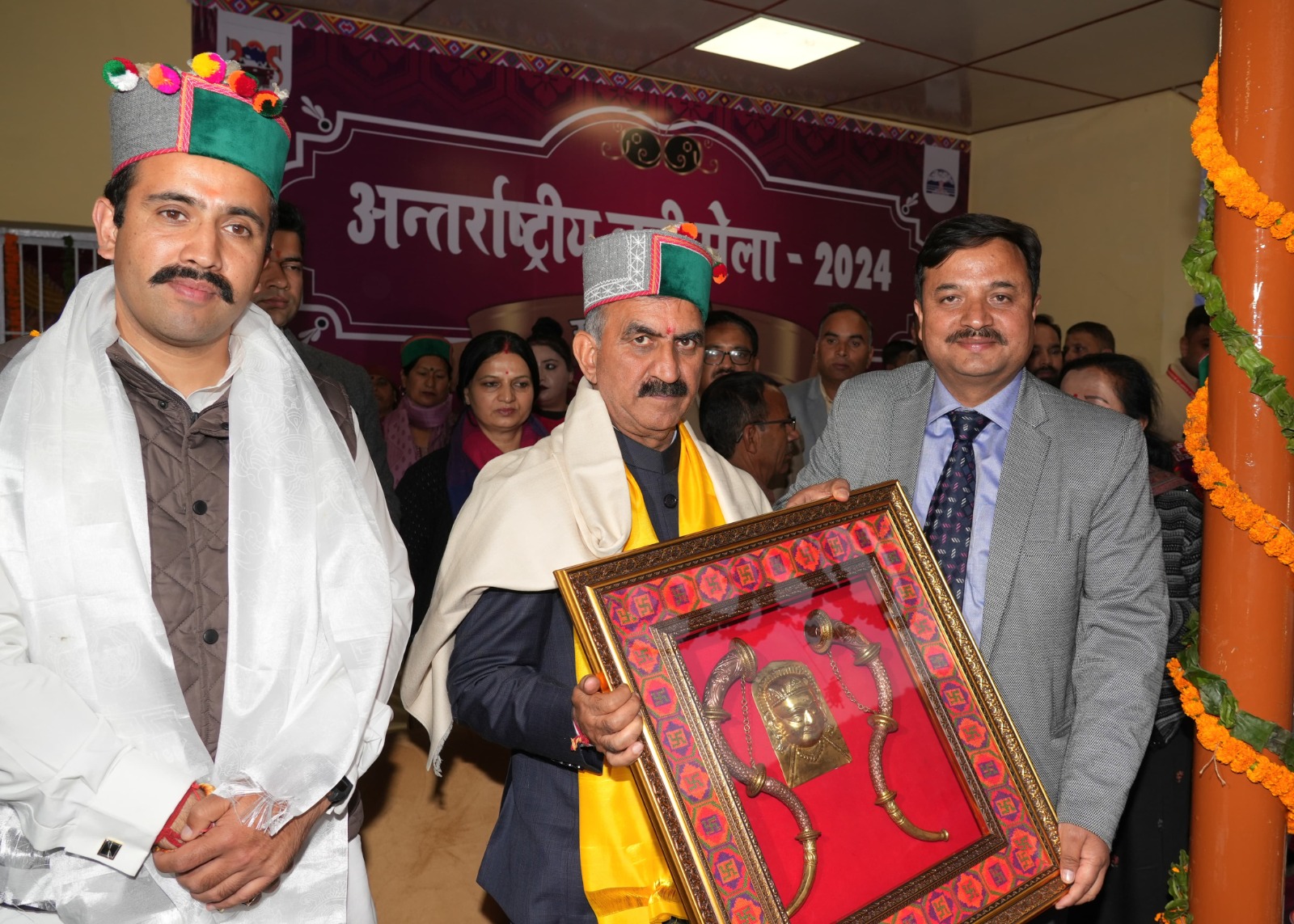Eight Himachal Police Officers, Including IG, Sentenced to Life for Custodial Death in Gudiya Case.
Shimla:
In a landmark verdict, a special CBI court sentenced Himachal Pradesh Inspector General of Police Zahur Haider Zaidi and seven other police personnel to life imprisonment for their involvement in the custodial death of a suspect in the 2017 Kotkhai rape-murder case, widely known as the Gudiya case. The court’s decision, announced on January 27, marks the conclusion of a long-running legal battle over the abuse of police power.
The eight convicts, including senior officials, were sentenced for their roles in the torture and death of Suraj, a Nepal-origin who was detained in connection with the rape and murder of a 16-year-old schoolgirl. Along with life imprisonment, the court imposed a fine of Rs 1 lakh on each of the convicts. 90 percent of the fine amount will be directed to Suraj’s family as compensation for their loss.
The other police personnel sentenced include then Deputy Superintendent of Police (DSP) Manoj Joshi, Sub-Inspector Rajinder Singh, Assistant Sub-Inspector Deep Chand Sharma, Head Constables Mohan Lal, Surat Singh, and Rafee Mohammad, and Constable Ranjeet Steta. All were convicted on charges related to the custodial death, including murder, voluntary causing hurt, wrongful confinement, and falsifying evidence.
The case traces back to the tragic incident in July 2017 when the 16-year-old schoolgirl, referred to as “Gudiya,” went missing after leaving school in Kotkhai. Her body was found two days later, and a post-mortem confirmed she had been raped and murdered. In response to the public outcry, the Himachal Pradesh government set up a Special Investigation Team (SIT), led by IG Zahid Haider Zaidi. The SIT arrested six individuals, including Suraj, on July 13, 2017, on charges related to the crime.
However, Suraj, who was detained at the Kotkhai police station, died in custody under mysterious circumstances on July 18, 2017. His death was initially attributed to a scuffle with another suspect in the lock-up. But the post-mortem examination indicated that Suraj had suffered severe torture, leading to his death. Following public outrage and demands for an independent investigation, the Himachal Pradesh High Court handed over both the rape-murder and custodial death cases to the CBI.
The CBI’s investigation uncovered that the eight police officers had subjected Suraj to severe torture to extract a false confession regarding the crime. The CBI also revealed that the officers fabricated reports to mislead investigations, falsely claiming that Suraj was killed by another suspect, Rajinder, during a scuffle in the police lockup. The agency ultimately cleared the six suspects arrested by the SIT, finding them innocent of the crime.
In 2019, the Supreme Court transferred the custodial death case to the CBI’s Chandigarh court for a faster trial, emphasizing the need for a timely resolution. The charges against the eight officers included Sections 302 (murder), 330 (voluntary causing hurt to extort confession), 348 (wrongful confinement), 218 (framing incorrect records), 195 (fabricating evidence with the intent to convict), and 120B (criminal conspiracy).
During the sentencing, Special Judge Alka Malik expressed deep concern over custodial violence, calling it one of the gravest violations of human rights in a civilized society. The court noted that custodial abuse not only harms the individual but also erodes the public’s trust in law enforcement agencies and the justice system. The court further highlighted the social and legal implications of such incidents, urging the need for strict accountability within police ranks to prevent the misuse of power.
The sentencing has drawn mixed reactions, with many welcoming the decision as a step towards justice for the victim’s family and for Suraj, while others have raised concerns about the broader implications for police morale and the functioning of law enforcement in the state.
This case has highlighted the critical importance of safeguarding human rights, ensuring accountability within the police system, and maintaining public trust in the criminal justice process. The judgment is seen as a major step in addressing custodial abuse and sending a strong message against the misuse of power by law enforcement officials.



